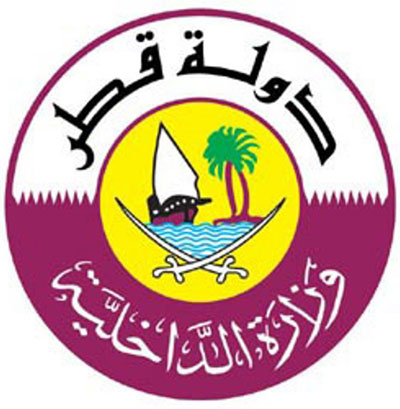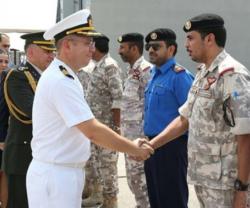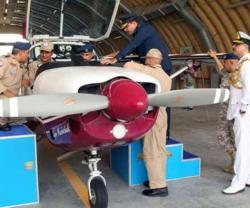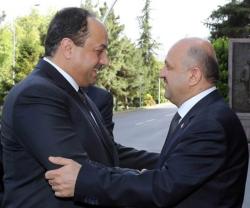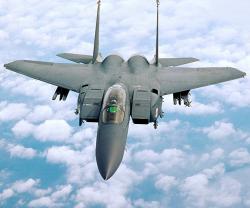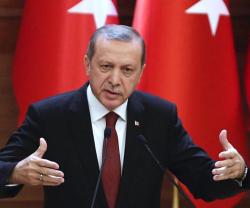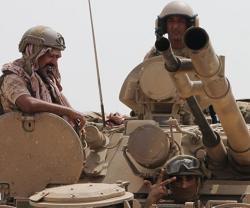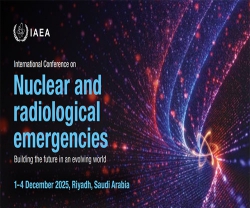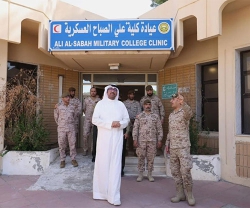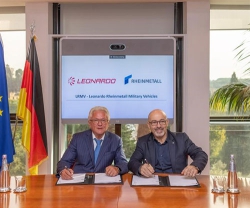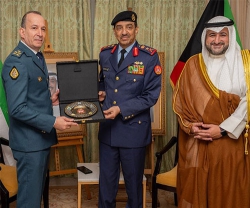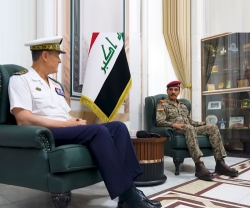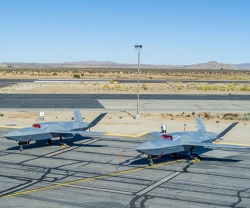The new service will be made progressively available to the country’s public safety users (e.g. police, fire-fighters, ambulances, emergency services). For the first time it will be based on LTE technology offering the ability to stream high quality video and transport very large data files, while including fundamental Tetra service characteristics like Push to Talk (PTT) and talk group communications.
The most important benefit will be the seamless interoperability of users across existing MOI Tetra and LTE networks and the complete reuse of all MOI assets, i.e. networks, control room dispatching and resource location applications.
The priority for communication systems of public safety organisations is to get the relevant information and direct orders and instructions to the people in the field. Data is quickly becoming mission-critical: it must be seamlessly available at all times over the whole network, and it must meet stringent security requirements.
A dedicated Tetra radio communication system was so far the only viable alternative for mission-critical voice and data communication. The new Tetra Group Communication over LTE solution will be able to deliver to the field resources; converged group communications services; and, for the first time, LTE mobile video; a network of sensors; and broadband data exchanges.
“This partnership marks an important milestone in the development of LTE for PMR users. It makes the MOI of Qatar the first public safety organisation in the Middle East and in EMEA that is exploiting the added benefits of the LTE and Tetra convergence,” said Jean-Marc Nasr, Head Europe, Middle East and Africa at Airbus Defence and Space.
In addition to the Group Communication over LTE voice feature, individual voice calls and Short Data Service are also implemented, enabling instant communication between two or more people at the push of a button. This feature and the ability for users to communicate in groups using sophisticated Tetra dispatching features are typical Tetra functionalities. These are essential for public safety users, as they enable them to communicate efficiently during their operations.
